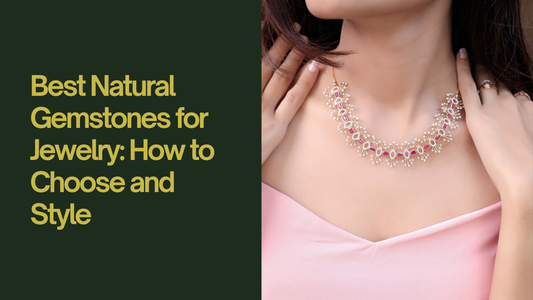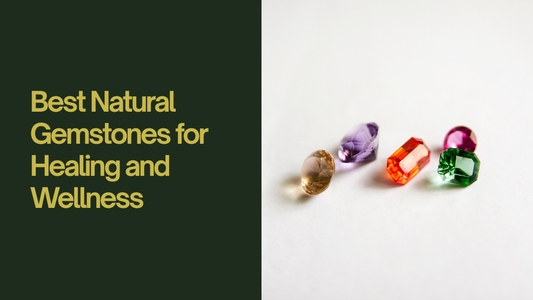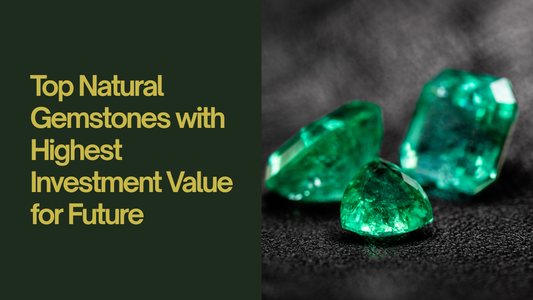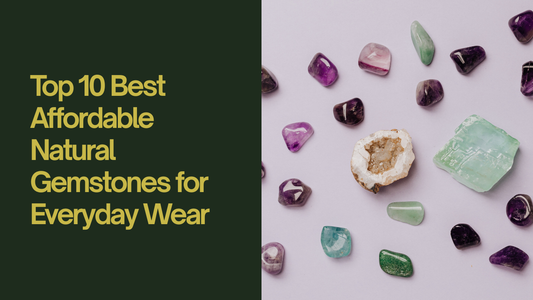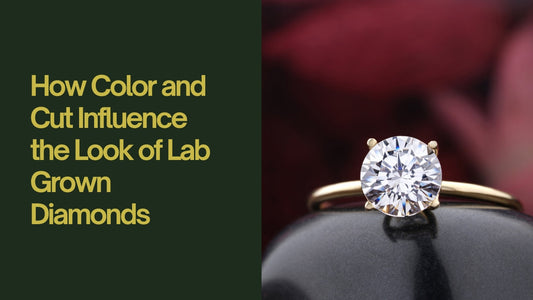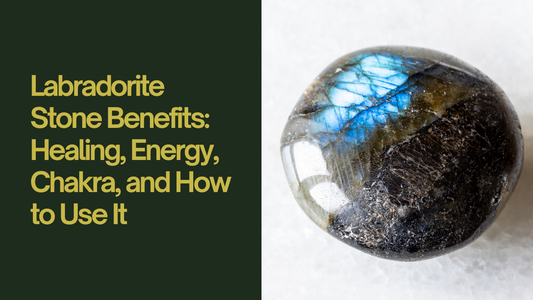
Sulemani Hakik: Benefits and Powers and Who Can Wear
Sulemani Hakik, also known as Agate in English, is a gemstone admired for its beauty and powerful properties. For centuries, this remarkable stone has been valued for its ability to protect, ground, and uplift the wearer. From creating a sense of emotional balance to attracting divine blessings, Sulemani Hakik holds a special place in both spiritual and cultural traditions.
Its historical significance in Islam, along with its universal appeal, makes it a gemstone cherished by people from all walks of life. Known for its ability to shield against negative energies, enhance mental clarity, and bring joy, Sulemani Hakik is a versatile gemstone with numerous benefits. Whether worn as jewelry or carried for spiritual purposes, it offers a unique blend of beauty and protection.
Let’s explore the fascinating qualities, religious significance, and practical benefits of this incredible stone, uncovering why Sulemani Hakik continues to be treasured in modern times.
Protective and Grounding Qualities
Sulemani Hakik, also known as Agate, is highly valued for its protective and grounding properties. People believe it provides physical and mental strength, courage, and stability. Wearing this gemstone acts as a shield against negative energies, ensuring that the wearer remains balanced and focused.
Physical and Emotional Benefits
This stone is said to create joy and happiness in the heart. It is beneficial for eyesight and helps alleviate sadness and anger. By wearing Sulemani Hakik, individuals may experience an uplifted mood and a clearer perspective on life.
Divine Blessings and Positive Energy
Sulemani Hakik is often associated with the concept of Barakah, which means divine blessings. Wearing this stone is believed to attract blessings and positive energy into the wearer’s life. It can enhance humility and piety, making it a cherished stone for many.
Sulemani Hakik in Islam
1. Historical Significance
In Islam, Sulemani Hakik has been used since the time of the Prophet Muhammad. It was commonly used in talismans and amulets for protection. Derived from the Agate mineral, it belongs to the chalcedony family and holds significant spiritual value.
2. Religious Importance
It is considered sunnah (a practice recommended by Prophet Muhammad) to wear an aqeeq ring. The Prophet himself wear a carnelian (a type of aqeeq) ring set in silver, marking the removal of idols from the Big Grand Mosque in Mecca in 630 CE. But wearing the only this particular stone is not found in any Ahadees books,
Who Can Wear Sulemani Hakik? (Universal Wearability)
Anyone can wear a Natural Sulemani Hakik Stone Bracelet, regardless of age, gender, or background. There are no specific restrictions, making it accessible to all who seek its benefits.
Sulemani Hakik in English (English Name)
In English, Sulemani Hakik is known as Agate. This gemstone is often revered for its holy properties and is believed to protect the wearer from the effects of Saturn, Rahu, and Ketu. It comes in different sizes, carats, and colors.
Powers of Sulemani Hakik (Emotional and Mental Benefits)
Sulemani Hakik is thought to bring emotional balance and enhance mental clarity. It provides protection against negative energies and is associated with physical healing properties, such as aiding digestion and improving skin health.
Wearing Sulemani Hakik (Which Finger to Wear It)
The best finger to wear a Sulemani Hakik ring is the middle finger of your dominant hand. It is recommended to wear it on Saturday or Sunday before sunrise, as it represents Saturn.
Side Effects of Aqeeq Stone (Positive Effects Only)
Aqeeq is a solid and stable gemstone with no known side effects. It is said to bring happiness to the wearer and is good for vision. Wearing an aqeeq stone ring can create a positive energy and joy in the wearer’s heart.
Planetary Influence (Saturn’s Role)
According to Vedic astrology, Saturn governs the Sulemani Hakik gemstone. Wearing an original Black Agate ring or pendant can help navigate unfavorable planetary periods of Rahu and Ketu.
The Most Powerful Hakik Stone (Protection and Potency)
Sulemani Hakik is considered one of the most powerful natural gemstones for protection against negative energies and psychic attacks. Its wide range of spiritual and metaphysical benefits makes it highly sought after.
Identifying Sulemani Hakik (Unique Fluorescence)
To identify Sulemani Hakik, you can pass UV light over the gemstone. It will show a unique fluorescence, helping you verify its authenticity.
Financial Benefits (Attracting Money)
Many believe that wearing Sulemani Hakik creates a positive aura that attracts financial opportunities. This stone is thought to bring prosperity and success to its wearer.
By understanding these aspects of Sulemani Hakik, anyone can appreciate the profound benefits and powers this remarkable stone offers. Whether for protection, joy, or financial gain, Sulemani Hakik holds a unique place in both historical and modern contexts.


